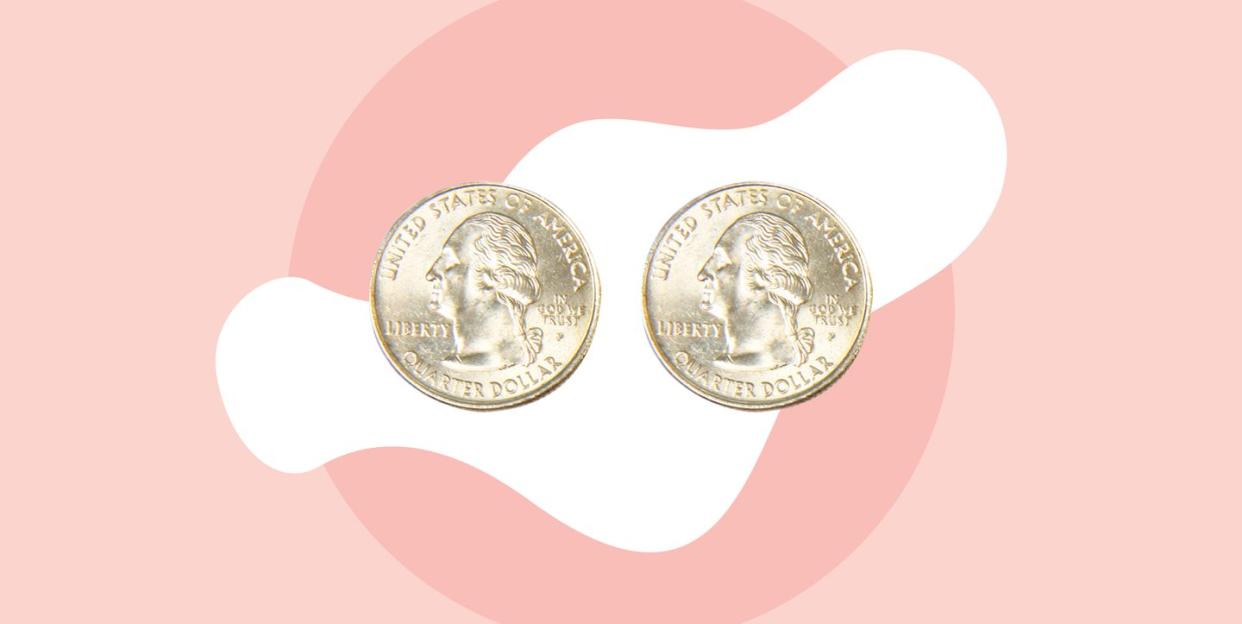There Are 11 Types of Nipples

First things first I’m the realest: There is no such thing as a “normal” nipple, Stanley Harper, M.D., a board certified plastic surgeon, explains. “Everyone has slightly different nipples.” To prove it, medical literature has no formal classification of nipple types.
That said, there are some common characteristics that nips tend to have, which Dr. Harper and Michelle Lee, M.D., a board certified plastic surgeon in Beverly Hills, break down below. If your headlights happen to fall outside of these 11 descriptions—don’t freak. If you’re healthy and have been checked by a doctor to rule out breast cancer or any other potential concerns, you’ve got nothing to be worried about. You just have unique nipples!
1. Protruding Nipple
This is defined as a nipple that rises above the areola by a few centimeters. Although, the exact amount of protrusion isn’t super clearly defined, and it can vary from person to person, says Dr. Lee. She says she has some patients who ask for filler to make their nipples protrude more, and others who ask for a nipple reduction. Fun fact: while this might be your idea of the “average” nipple, a 2009 study showed that around only 60% of the population has protruding nipples.
2. Bumpy Nipple
It’s totally normal for your nipples to have some bumps around them. These small white bumps are Montgomery’s Glands, and are there to release oils to lubricate your nips when breastfeeding, according to Dr. Harper.
3. Flat Nipple
Exactly what it sounds like — this is a nipple that doesn’t protrude or invert. Neutral (nipple) milk hotel, baby!
4. Hairy Nipple
Aka normal AF nipples. Do note though, that even though we all say “hairy nipples,” this is usually referring to a few or several hairs on the areola, and not the actual nipple itself. “If you have PCOS (polycystic ovarian syndrome) or another condition associated with elevated testosterone levels, you may have increased hair,” notes Dr. Harper.
5. Inverted Nipple
There’s really no need to worry if your nipples point inwards. “Most people are born with this type of nipple and outgrow it,” explains Dr. Harper. However, inversion remains in about 10% of women. Dr. Lee adds that the procedure to surgically correct an inverted nipple is easily done under local anesthesia, or even with a nipple piercing.
6. Unilateral Inverted Nipple
This is when only one of your nipples is inverted. If you’ve always had one innie and one outtie, it’s not a big deal. However, if one of your nipples suddenly becomes inverted after being an outtie your whole life, both Drs. Harper and Lee stress that you should see a doctor ASAP, as it can be a sign of breast cancer.
7. Puffy Nipple
A puffy nipple is when both the areola and nipple protrude. This is often seen in pre-teens and teens, according to Dr. Harper.
8. No Nipples
This is a condition called Athelia, and is often found to be a part of Poland Syndrome, Dr. Harper explains. Poland Syndrome affects muscle development and occurs more frequently in men than women, and is estimated to occur once in every 20,000 newborns.
9. Third Nipple
Dr. Lee says that one in 18 people actually have a third nipple, so it’s way less rare than you think. Oftentimes, the nipple is so small, it’s mistaken for a mole.
10. 3D Tattooed Nipples
This is a popular option for women who have undergone a mastectomy, Dr. Lee says. While the surface of the skin stays flat, a tattoo can be drawn to give the illusion of depth and give a 3D effect.
11. Fake Nipples
Another option for women who have had a mastectomy: Fake nipples that are made of skin. “You lift up the native breast skin and fold it like a little origami to make a nipple,” explains Dr. Lee. These can also be tattooed into any color, and are so realistic, many women are shocked when they see the final result.
('You Might Also Like',)

